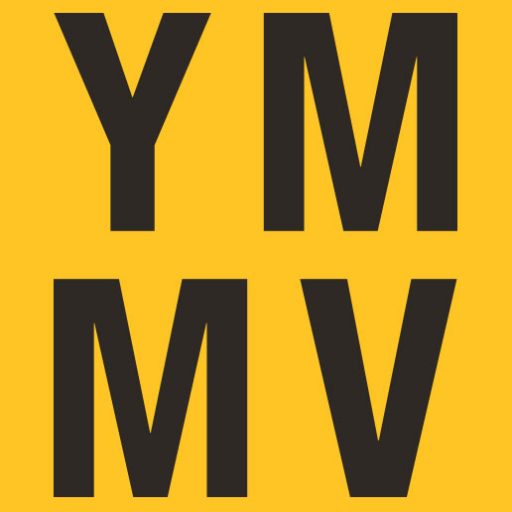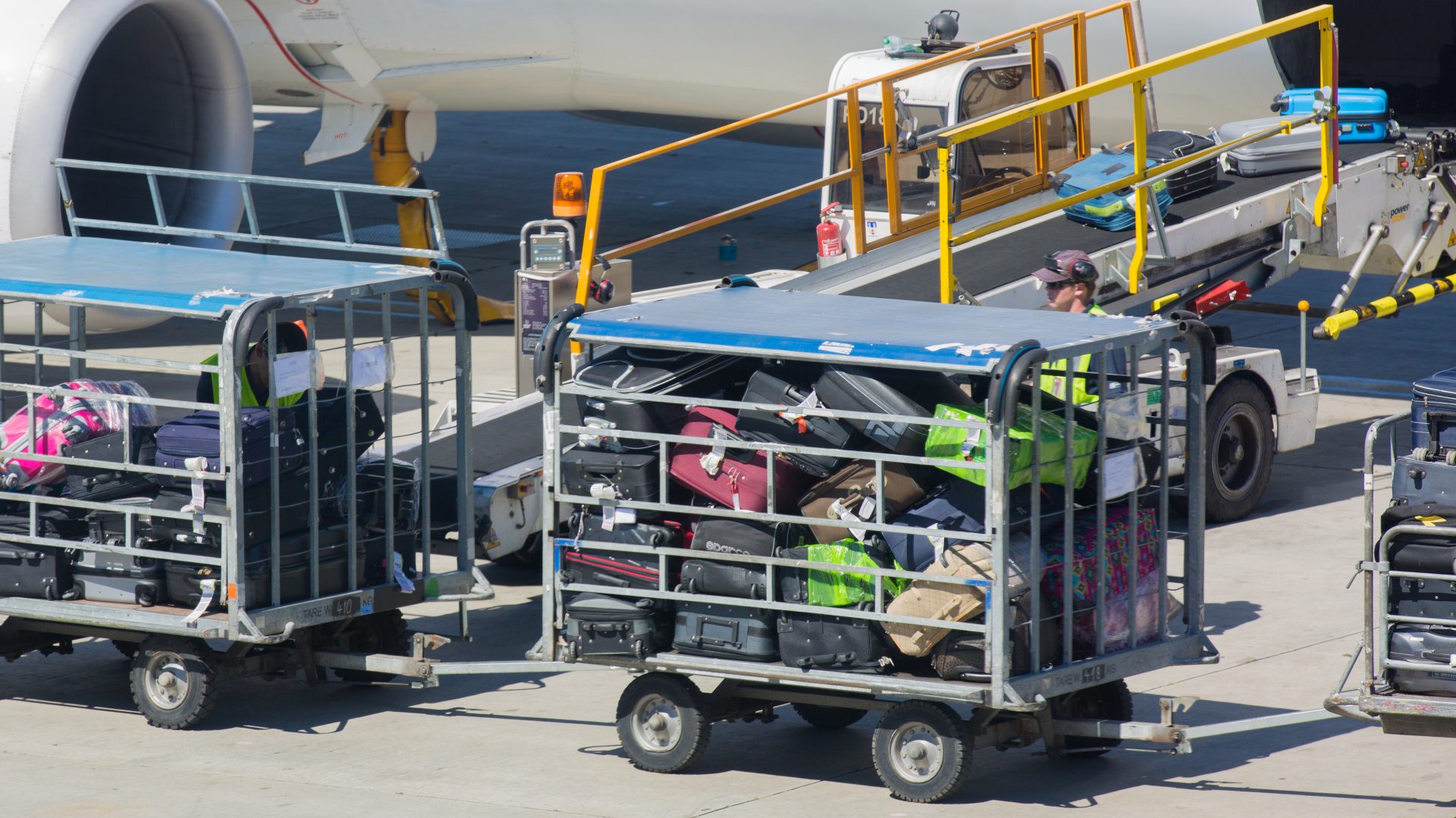As time goes on, more and more airlines are charging for you to check your bags. Most major U.S. carriers charge between $18 and $50 for your first checked bag and between $25 and $45 for your second one. It’s not easy to avoid having to pay these fees, but it can be done. Here are some ways that might help:
Use a travel rewards credit card
There are a handful of travel rewards credit cards that pay the fee to check bags. Some of them include:
- Alaska Airlines Visa (free checked bag for the cardholder and up to six other people on the same reservation)
- American Express Delta SkyMiles (free checked bag for the cardholder and up to nine people on the same reservation)
- Barclay Aviator Red and Silver Cards (free checked bag for the cardholder and four traveling companions on American)
- Citi/AAdvantage Platinum Select World Elite Mastercard (free checked bag for the cardholder and up to four traveling companions)
- JetBlue Plus and JetBlue Business (free checked bag for the cardholder and up to three companions on the same reservation)
- United Mileage Plus (Free First Checked Bag (For Cardholder and One Companion)
Just do carry on
I know, I know….easier said than done, and probably not practical for most people, especially if they’re going to be out of town for more than a weekend or so. But carry-on bags ARE free….well, at least for some carriers, some of the time, anyway (I’m giving side eye to you, Spirit, Allegiant, Frontier and those who offer those godawful Basic Economy rates).
Take the train
Besides allowing you to have 2 personal items and 2 carry-on items per person for free, Amtrak allows you to check up to 4 bags. Two can be checked for free, and the other two will cost $20 each (oversized items, of course, may cost more).
Fly on Southwest
As of this writing, Southwest is the only major U.S. carrier that doesn’t charge for the “privilege” of checking luggage. Your first and second check bags are free on Southwest (although you’ll be charged $75 for a third bag. As far as I’m concerned, after getting 2 bags for free, that’s reasonable).
Combine your items
If you’re traveling with other people, there are no rules that say everyone has to have his/her own checked luggage. Is it possible to combine the contents of Persons A, B and C into 2 checked bags instead of 3? If so, you can potentially save yourself the price of checking 1 bag.
Snail mail your luggage
Depending on the weight and size of your luggage, mailing it to your destination can cost less than checking it with the airline. UPS has options to do this, as do privately-owned luggage shipping companies.
We actually did something like this in Japan in 2005, when we were frequently traveling from city to city by train. We packed our carry-on for the 2 days we were going to be in our next city and shipped our big luggage to the city we were going to visit after that (this is the company we used – they’re still in business!). It was VERY nice to not have to lug our big suitcases for 2 days.
We also went one step further when we went to Australia and Japan in 2014. It was October/November, so whereas it was spring in Australia, it was autumn in Japan and we’d need warmer clothing while there. So we shipped a suitcase full of fall/winter clothes to Japan, and it was waiting for us at our hotel when we arrived.
Watch your weight!
No silly, not YOUR weight! I mean the weight of your suitcase. Most U.S. carriers only allow your checked bags to be up to 50 pounds each and will charge you extra if it’s overweight. Years ago, I remember standing on our scale at home so I knew how much I weighed, then getting onto it again while holding my suitcase, and then having someone tell me what the scale said, so I could figure out how much it weighed. Good times. Fortunately, you don’t have to do that anymore. If you buy a small luggage scale and keep it with you, you can weigh your suitcase before you travel. That way, if you see your suitcase is more than 50 pounds, you can rearrange your items to bring the weight down and avoid the surcharge of having overweight luggage.
Also, if you have an old, heavy suitcase, you may want to consider upgrading to something more modern. Nowadays, with high tech materials like polycarbonate and ballistic nylon, it’s pretty easy to find a full-sized suitcase that’s less than ten pounds, which gives you more weight to play with when packing your stuff. Just keep in mind that if you get a suitcase with a plastic zipper, it’s super easy to break into, even with a TSA-compliant lock.
Also consider keeping your heavier stuff in your carry on, since those bags are usually not weighed.
Keep in mind!
When you’re doing your comparison shopping for airfare, keep in mind how much you will or won’t be paying for baggage fees, make sure to include that in your calculations. For example, a $218 flight on Southwest is still cheaper than a $198 flight on American, once you add in American’s checked baggage fees. That’s another good reason to not be loyal to any one carrier.
Like this post? Please share it! We have plenty more just like it and would love if you decided to hang around and clicked the button on the top (if you’re on your computer) or the bottom (if you’re on your phone/tablet) of this page to follow our blog and get emailed notifications of when we post (it’s usually just two or three times a day). Or maybe you’d like to join our Facebook group, where we talk and ask questions about travel (including Disney parks), creative ways to earn frequent flyer miles and hotel points, how to save money on or for your trips, get access to travel articles you may not see otherwise, etc. Whether you’ve read our posts before or this is the first time you’re stopping by, we’re really glad you’re here and hope you come back to visit again!
Join our mailing list to receive the latest news and updates from our team.

